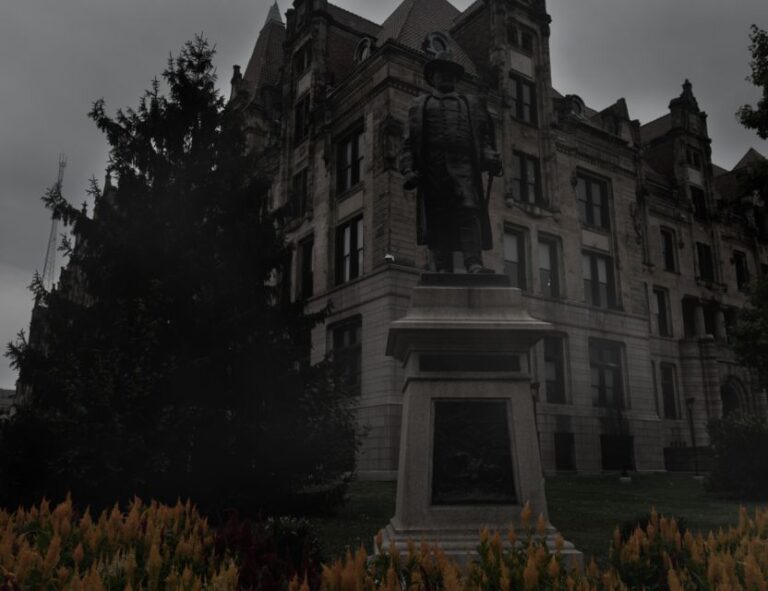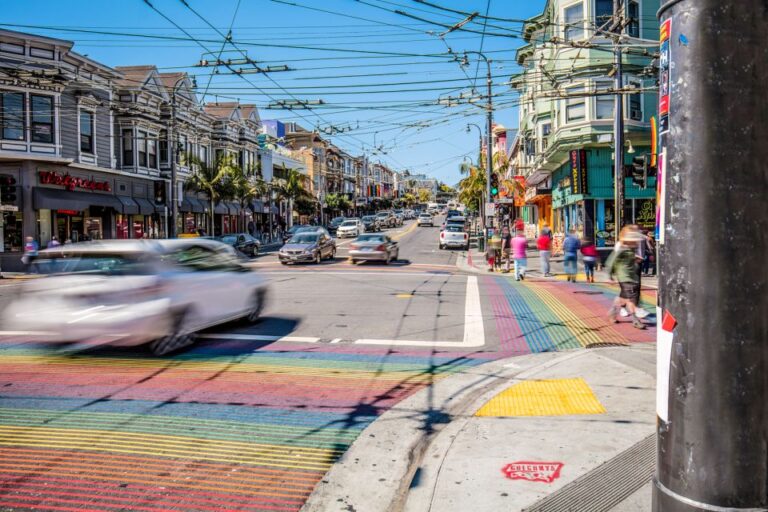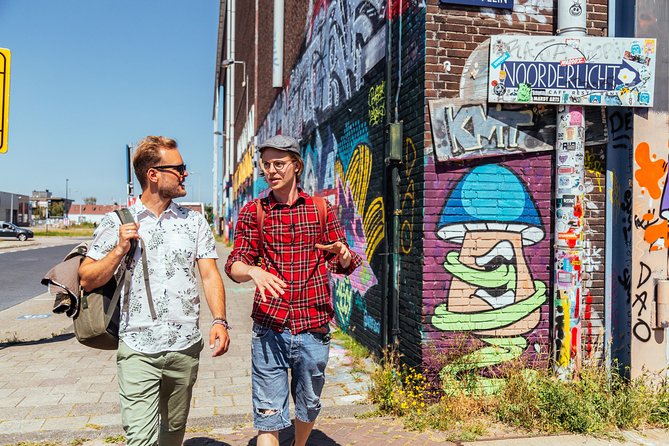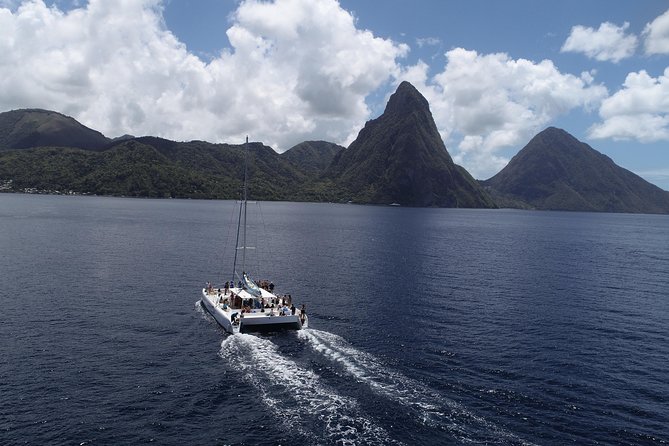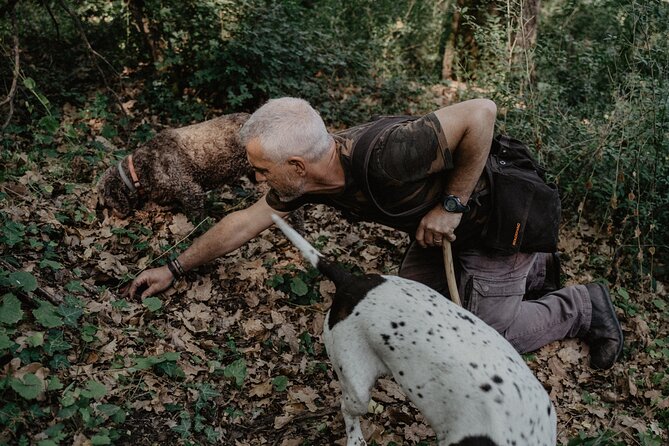Bucharest’s Communism Walking Tour takes visitors on a thought-provoking journey through the city’s tumultuous past. From the imposing Palace of Parliament, a symbol of the Ceausescu regime’s excesses, to the historic Revolution Square where the 1989 uprising unfolded, this guided exploration sheds light on Romania’s descent into authoritarian rule and the lasting impact on its society. With a focus on key landmarks and pivotal events, the tour offers a unique opportunity to explore the complexities of Bucharest’s communist legacy – a captivating narrative that continues to shape the city’s present and future.
Key Points

- The Communism Walking Tour in Bucharest explores the city’s communist legacy, from the rise of Romanian communism to the fall of Ceausescu’s regime.
- The tour visits key landmarks like the grandiose Palace of Parliament and Revolution Square, shedding light on the human cost of Ceausescu’s dictatorship.
- The tour showcases the architectural legacy of communist rule along Victory Boulevard, with imposing buildings and monuments reflecting the ambition and propaganda of the era.
- The tour also explores the history of the Royal Palace, which witnessed the shifts in power from royalty to communism and beyond.
- The tour navigates the charming Old Town, offering glimpses into Romania’s storied past and the enduring spirit of Bucharest.
Exploring Bucharest’s Communist Legacy
The Communism Walking Tour in Bucharest provides visitors with an opportunity to explore the city’s communist legacy, delving into the rise and fall of Romania’s former authoritarian regime.
Led by knowledgeable local guides, the tour takes participants on a journey through key landmarks that bear witness to the country’s tumultuous communist past.
From the imposing Palace of Parliament to the symbolic Revolution Square, each stop offers a glimpse into the profound impact of communist rule on the city’s architecture, culture, and collective memory.
Through firsthand accounts and historical insights, the tour aims to shed light on this pivotal chapter in Bucharest’s history, allowing visitors to gain a deeper understanding of the lasting influence of communism on the Romanian capital.
The Rise of Romanian Communism
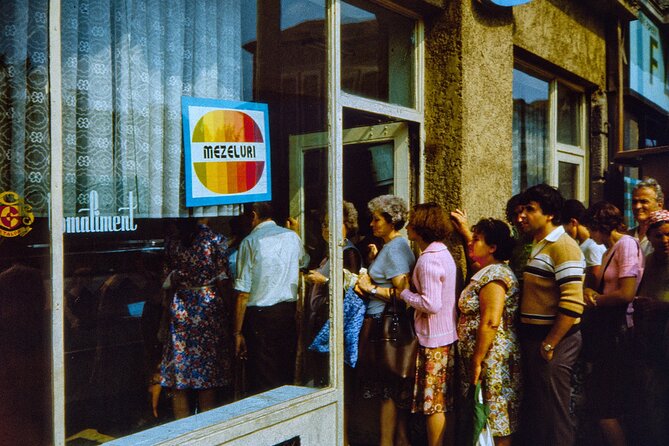
Romania’s descent into communism took root during the aftermath of World War II, as the country found itself increasingly under the influence of the Soviet Union.
Following the war, the Romanian Communist Party, backed by the Red Army, gradually consolidated power, marginalizing democratic opposition. In 1947, the monarchy was abolished, and a People’s Republic was established, with Communists firmly in control.
Over the next decade, the regime nationalized industries, collectivized agriculture, and suppressed dissent through a vast secret police network. By the late 1950s, Romania had become a fully-fledged Soviet satellite, with its economy and political system tightly aligned with the Eastern Bloc.
This marked the beginning of over four decades of authoritarian Communist rule under Nicolae Ceausescu.
Visiting the Palace of Parliament
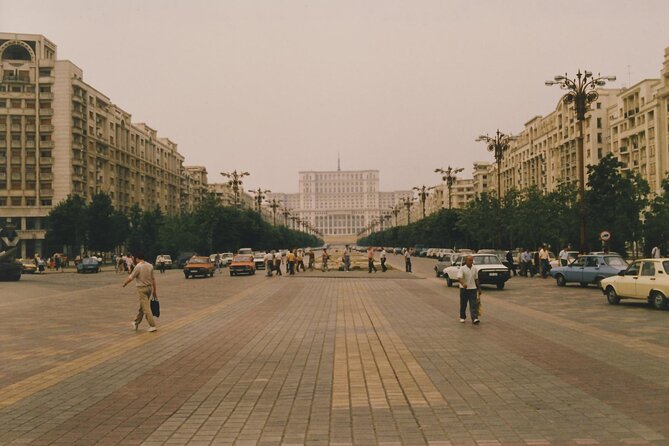
One of the first stops on the Communism Walking Tour in Bucharest is the grandiose Palace of Parliament, a towering symbol of the Ceausescu regime’s megalomania.
This colossal building, the second-largest administrative building in the world after the Pentagon, dominates the city’s skyline. It was Ceausescu’s vanity project, a testament to his delusions of grandeur.
The tour guide explains how over 100,000 people were forcibly evicted from their homes to make way for this massive structure.
Visitors are awed by the sheer scale and opulence of the interior, with its marble halls and crystal chandeliers. Yet, the palace also serves as a stark reminder of the human cost of Ceausescu’s communist dictatorship.
Witnessing the Fall of Communism
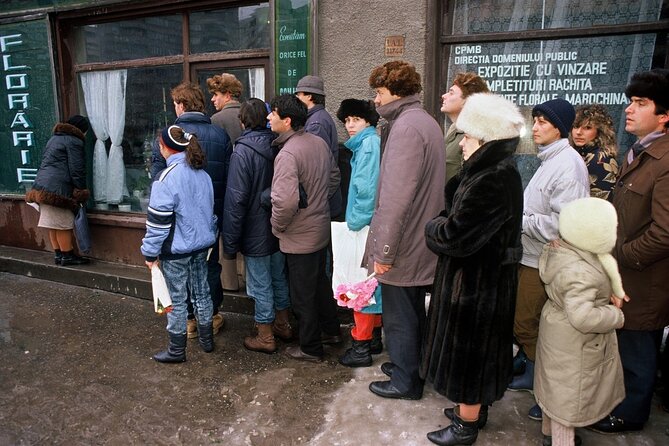
In an article titled ‘Communism Walking Tour From Lenin to Ceausescu in Bucharest’, it’s now time to discuss the CURRENT SUBTOPIC ‘Witnessing the Fall of Communism’.
Next, the tour leads visitors to Revolution Square, the site of the 1989 uprising that toppled Ceausescu’s regime. Here, the guide recounts the dramatic events of that fateful December, when thousands of Romanians took to the streets to protest the dictator’s oppressive rule. Visitors can visualize the chaos and violence that unfolded, as the peaceful demonstrations escalated into a full-blown revolution.
The guide highlights four key moments:
- The shooting of protesters by security forces
- The televised trial and execution of the Ceausescus
- The installation of a new government
- The lasting impact on Romanian society and politics
Strolling Through Victory Boulevard
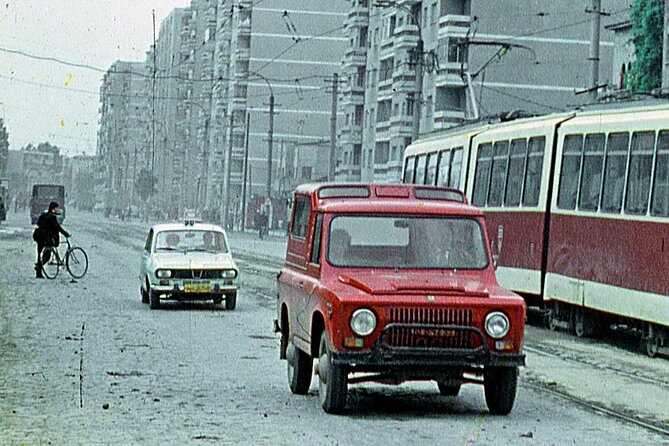
After witnessing the dramatic events that unfolded in Revolution Square, the tour now leads visitors down Victory Boulevard, a grand avenue that showcases the architectural legacy of communist rule.
This wide, tree-lined street is flanked by imposing buildings, many of which were constructed during the Ceausescu regime. Visitors will admire the colossal Palace of the Parliament, one of the largest administrative buildings in the world, as well as the ornate University Library and the sede of the former Communist Party headquarters.
The boulevard’s soaring monuments and statues serve as a constant reminder of the communist era’s ambition and propaganda. As the group strolls along this historic thoroughfare, the guide provides insights into how this landscape reflects Romania’s turbulent transition from communism to democracy.
Uncovering the Royal Palace’s History

The group now approaches the imposing Royal Palace, a neoclassical gem that bears witness to Romania’s tumultuous history. Once the residence of the Romanian royal family, this magnificent structure has seen its fair share of dramatic events. From coronations to revolutions, the Royal Palace has stood as a symbol of power and change.
As the guide explains, the palace’s history can be divided into four key phases:
- The original 18th-century palace built for Prince Constantin Mavrocordat.
- The expansion and renovation in the 19th century under King Carol I.
- The period of communist rule, when the palace was used for government offices.
- The post-communist era, when the palace was reclaimed as a museum and cultural center.
Discovering the University’s Square

Visitors marvel at the University’s Square, a historic hub that has witnessed Romania’s tumultuous journey through the 20th century.
This vibrant plaza, flanked by the stately University of Bucharest and the imposing Geology Museum, serves as a gathering place for students, intellectuals, and political activists alike.
The square’s rich history is palpable, from the anti-communist demonstrations that took place here during the 1989 revolution to the annual student protests demanding educational reforms.
Today, the square remains a symbol of Bucharest’s intellectual and cultural life, drawing crowds to its bustling cafes, bookstores, and cultural events.
As the tour guide shares stories of this iconic location, travelers gain a deeper understanding of Romania’s complex past and its enduring spirit of resilience.
Navigating the Old Town’s Streets
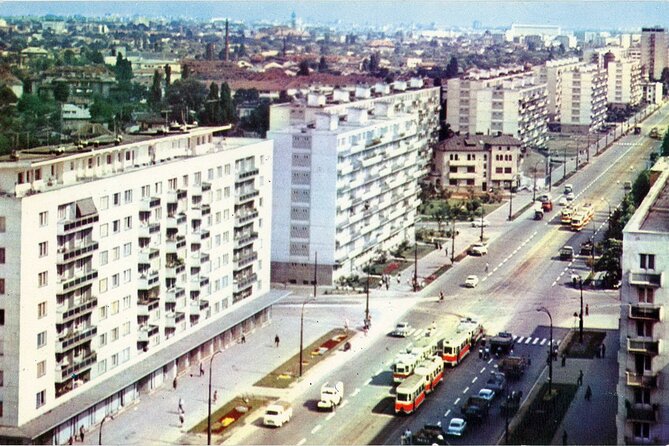
Winding cobblestone streets and charming historic buildings characterize Bucharest’s Old Town, a captivating district that transports visitors back in time.
As the walking tour ventures into this atmospheric quarter, the guide points out key landmarks that offer glimpses into Romania’s storied past:
The Old Princely Court, a medieval complex that was once the residence of Wallachian princes.
The Stavropoleos Monastery, a beautiful 18th-century Eastern Orthodox monastery with intricate Byzantine-style architecture.
The National Bank of Romania, an impressive neo-Renaissance building that symbolizes the country’s financial prowess.
The Manuc’s Inn, a historic inn that has hosted travelers for over two centuries and is now a popular dining and hospitality destination.
Frequently Asked Questions
Can I Take Photos During the Tour?
Yes, participants can take photos throughout the tour. The tour guide encourages photographing the key landmarks and historical sites visited to capture the experience. However, guests should be mindful of any restrictions at certain locations.
How Long Is the Walking Distance of the Tour?
The walking tour covers approximately 3 kilometers, or 1.9 miles, through central Bucharest. The duration of the tour is typically 2-3 hours, depending on the pace and number of stops made at the key landmarks along the route.
Is There a Dress Code for the Tour?
There is no specific dress code for the Communism Walking Tour in Bucharest. Comfortable walking shoes and weather-appropriate clothing are recommended, as the tour involves exploring outdoor historical sites around the city.
Can I Buy Souvenirs at the Tour Stops?
Visitors can purchase souvenirs at some of the tour stops, such as the Old Town. However, the tour focuses on historical insights rather than shopping, so there may be limited opportunities to buy souvenirs during the walking tour.
Are There Any Restroom Breaks During the Tour?
The tour likely includes restroom breaks, as it’s a walking tour that lasts several hours. However, the specific details about restroom stops aren’t mentioned in the tour information provided. Visitors should feel free to ask the guide about breaks during the tour.
Recap
The Communism Walking Tour in Bucharest provides a captivating insight into Romania’s tumultuous communist past.
Visitors can explore key landmarks, including the imposing Palace of Parliament and Revolution Square, to uncover the rise and fall of the Ceausescu regime.
The tour offers a powerful reminder of the lasting impact of this pivotal chapter in Bucharest’s history, shaping the city’s present and future.

